New transit lines and upgrades in Asian metropolises open new investment frontiers
Asia’s sprawling cities have long been notorious for their traffic issues, but new advancements will take the strain off overloaded roads and lead to new investment opportunities in the process
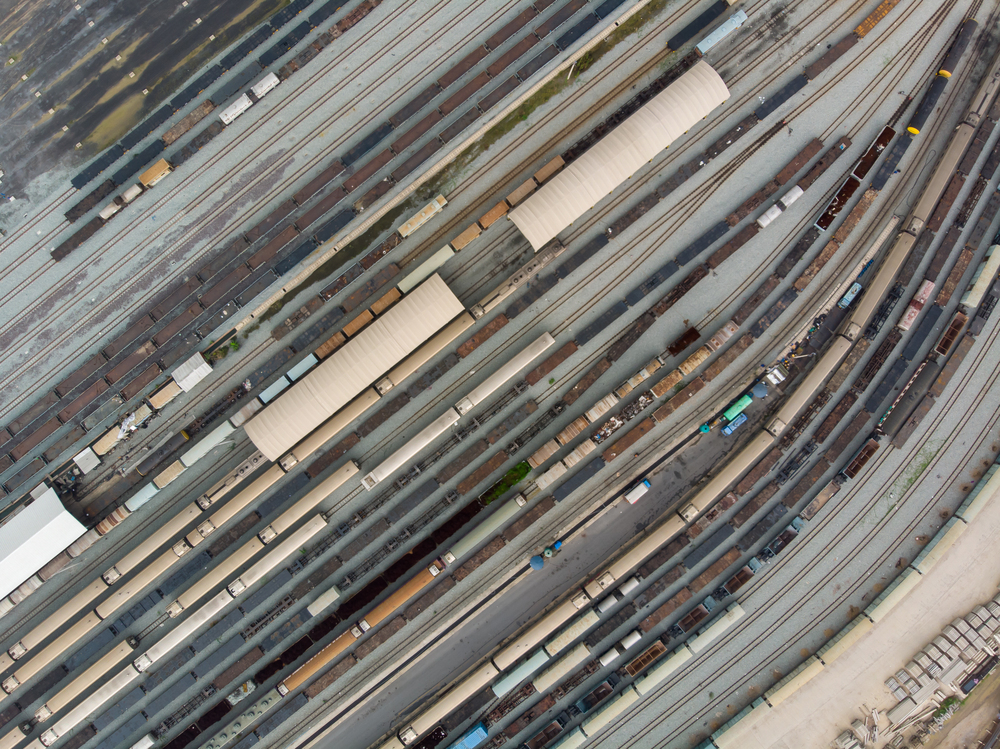
The sun is setting on Charoen Nakhon Road in Bangkok’s Klong San district. Nearby a vehicle on the Gold Line, Thailand’s first monorail, rumbles overhead towards luxury mixed-use development IconSiam. At street level, patrons file in and out of the row of hole-in-the-wall restaurants, some of which date back almost a century.
Beyond the rush-hour fumes on the opposite side of the road, a contrasting scene is unfolding at the neighbourhood’s newest eatery. Well-heeled diners line up outside a converted shophouse. Most made reservations months ago. The dry-aged beef dishes cost more than a day’s salary of those eating pad thai a few doors down.
For interior designer Timothy Frost, a 10-year resident of Klong San, the opening of an upscale restaurant in this “charming, community-based district” is the latest sign of change.
“There have been some alterations to the area’s ambience since IconSiam opened and the Gold Line started operating,” he says. “Luckily, there’s still plenty of space in this part of the city. Newcomers are not displacing beloved establishments. I just hope this co-existence continues and the community’s special culture remains intact.”
Previously peri-urban neighbourhoods are now connected to central business districts. Improved accessibility to the CBD soon lures investors and developers. Property prices increase and the gentrification cycle begins
It is a familiar urban scenario throughout developing Asia, a region that is home to some of the world’s fastest-growing economies and populations.
But the rise of city living has encouraged car use and often left urban planning by the wayside. Faced with challenges relating to congestion, environmental degradation, and inequality of access to key services, major metropolises including Bangkok, Manila, and Ho Chi Minh City (HCMC) have accelerated mass rapid transit system investment in recent years.
In Bangkok, the ongoing extensions to the Bangkok Mass Transit System (BTS), Metropolitan Rapid Transit (MRT) subway, as well as the completion of the Gold Line, are supercharging urban sprawl. Previously peri-urban neighbourhoods are now connected to the city’s central business districts. As a result, these once far-flung locales have become investment hotspots.
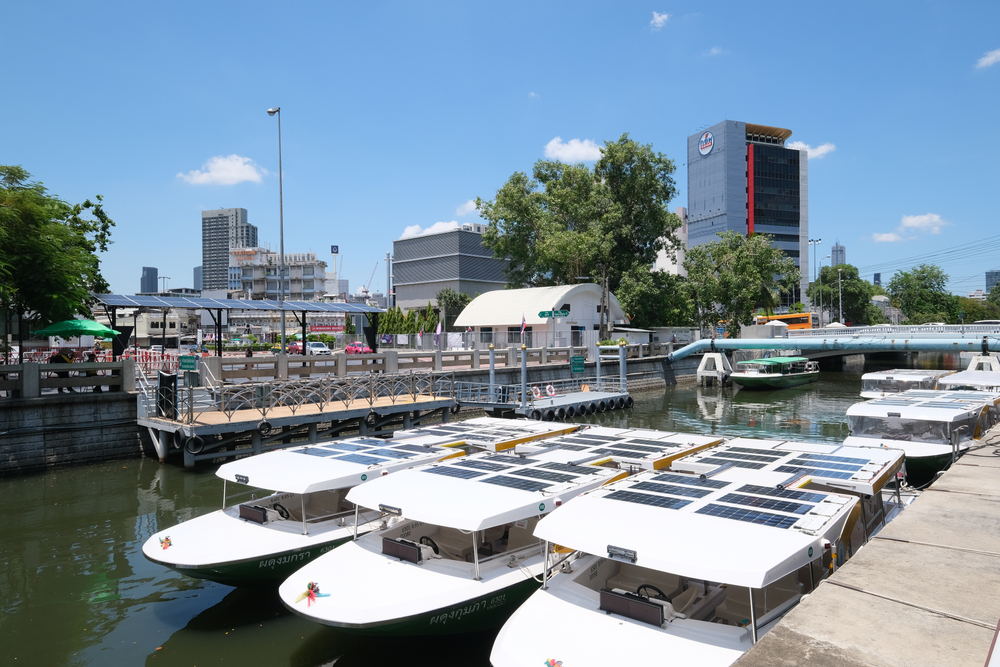
High-profile condominium launches in recently connected neighbourhoods include Ananda Development’s Elio Del Moss Phaholyothin 34 at Sena Nikhom station on the BTS Sukhumvit Line’s northern extension and The Tree Charan Sanit Wong-Bang Phlat by Pruksa on the MRT Blue Line’s second extension. In 2015 developer Sansiri partnered with skytrain operator BTS Group in a five-year joint venture to build eight residential properties worth THB30bn (US$917.7m) along the lines.
Improved accessibility to the CBD soon lures investors and developers. Property prices increase and the gentrification cycle begins. On average, land values in Bangkok increase by USD23 per square metre with every 10% decrease in distance to the nearest mass rapid transit station, according to the ADB.
“With urbanisation comes increased living costs, and a gross majority of the infrastructure endeavours are initiated and managed by private companies with the intent to make a profit-driven enterprise,” says Marciano Birjmohun, a local real estate analyst and director at the Singapore-Thai Chamber of Commerce, as well as a member of the PropertyGuru Thailand Property Awards independent judging panel. “This is quite different from other major Southeast Asian cities where the government can regulate and subsidise commuters.”
Private ownership and a limited public sector oversight have stymied any comprehensive transit-orientated development (TOD) strategy in Bangkok. In most cities, this includes land-use solutions that enhance accessibility and encourage high density, mixed-use development within walking distance of transit stations.
Some condo developments along the BTS lines do connect with stations via footbridges. Retail operator Central Group even funded one of BTS’s few elevated walkways at Ploen Chit Station—it ends abruptly at the entrance to one of its luxury malls. But by and large, these meagre instances of TOD do not benefit commuters and local communities.
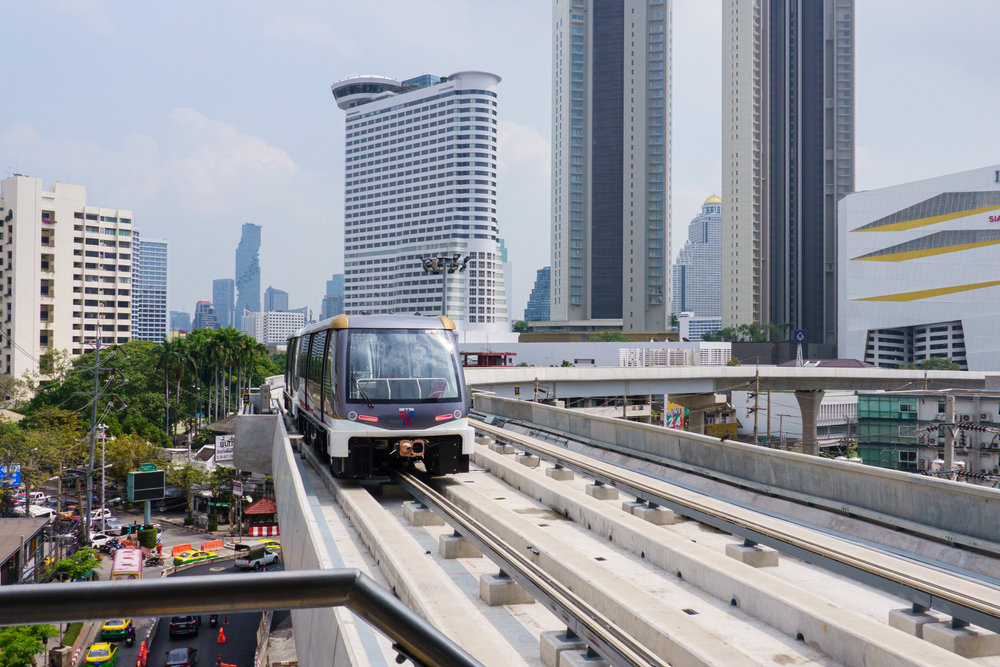
“Bangkok is one of the few major cities in the region that has no TOD around its transit lines,” Birjmohun adds. “Even future expansions of the Yellow, Red, Green and Orange lines lack any basic TOD integration. Footpaths are missing at some of the stations.”
In contrast to Bangkok’s dearth of urban planning, plans are afoot to transform HCMC’s eastern districts in anticipation of the arrival of the country’s first transit system.
The goal is to merge the existing hi-tech park in District 9, the Thu Duc university district, and the upcoming financial centre in District 2 to create a new and independent administrative hub likely to be dubbed “Thu Duc City”.
“Developers started acquiring sites near future metro stations several years ago, with residential properties attracting no shortage of interest,” says Dang Phuong Hang, managing director of CBRE Vietnam and member of the PropertyGuru Vietnam Property Awards judging panel.
Since 2015, high-end residential sales prices in District 2 have increased by 7.3% annually, well beyond the citywide average, according to CBRE Vietnam data. Residential supply in the proposed new hub, meanwhile, is slated to grow at an annual rate of 11.5% until 2025, equal to 15,000 to 16,000 new units each year.
More: Proptech, a mainstay in future real estate transactions
The 19.7-kilometre Metro Line No 1 will connect the district with the under-construction Ben Thanh subway station in District 1. Construction of the nine-line Ho Chi Minh City Metro began almost a decade ago. But delays, cost overruns, inability to disburse funds, and a lack of enforcement across contractors have all blighted progress. More recently, the pandemic has brought work to a standstill. Completion is now expected in 2022.
These setbacks have exasperated conditions in a city already facing rapid urbanisation, mounting traffic congestion, and pollution.
“People are holding their breath in anticipation for the completion of these lines, hoping they will be worth the congestion caused by the many road closures over the last decade during their construction,” says Thien Duong, managing director of Transform Architecture and a member of the Vietnam Green Building Council and regional chairperson of the PropertyGuru Asia Property Awards.
“It’s also harmed lots of businesses on these closed roads. For example, large sections of Le Loi, a key boulevard in the city centre, have been closed for almost five years now.”
Still, there are green shoots for business owners and future commuters. There is evidence that some stations will at least feature TOD elements.
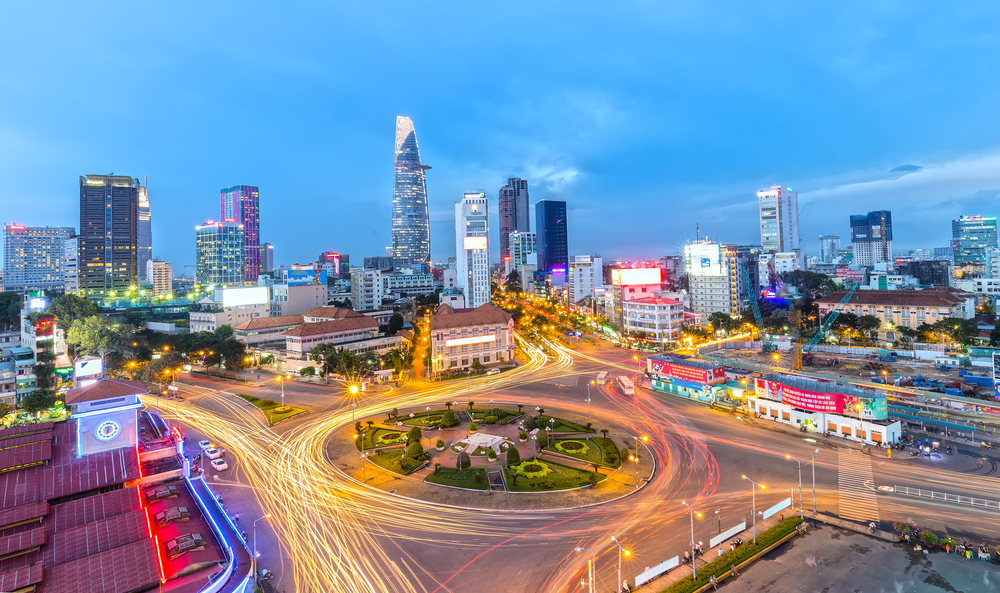
One notable example is the redesign of Quach Thi Trang Square. For decades, the free-for-all roundabout in front of Ben Thanh Market was visual shorthand for HCMC’s anarchic traffic. It has since made way for Ben Thanh Station, which upon completion next year will be one of the largest urban rail transit hubs in Southeast Asia. Three of the metro’s proposed nine lines will converge here. And it will feature four subterranean levels including a shopping plaza. Overground, there will be a landscaped pedestrian area and park. It is a step in the right direction for a city notorious for its lack of pavements and chronic traffic issues.
A major constraint to mass rapid transit in the region over the years is the timing of Southeast Asian megacities’ growth trajectory. Urbanisation in developing Asia began much later than in other global cities—from the 1970s to the 1990s—after the establishment of car culture. Road networks have therefore dictated urban planning.
Nowhere is this more pertinent than in Manila. The Philippine capital, a cluster of 16 cities tenuously fused by the 23.8-kilometre EDSA highway, was dubbed the world’s most congested city in 2019 by the TomTom Traffic Index. Such problems are estimated to cost the country’s economy PHP3.5 bn (US$70million) every day, according to the Japan International Cooperation Agency. This figure could rise to PHP5.4bn a day by 2035 if the situation does not improve.
The city ironically is home to Southeast Asia’s oldest surviving transit system. Opened in 1984, the Light Rail Transit is also one of the region’s busiest, with lines serving a combined 700,000 daily passengers. But the network is plagued by poor maintenance, frequent shutdowns, ineffective operating and emergency systems, and inadequate security. World Bank research from 2017 found that more than a third of the 130 light rail vehicles did not run or failed international safety standards.
Progress is being made. The two-station, four-kilometre, extension of line 2, opened in July 2021, took six years to complete. The Manila Subway Phase 1, meanwhile, is scheduled to be partially operational by 2022 and fully completed by 2025.
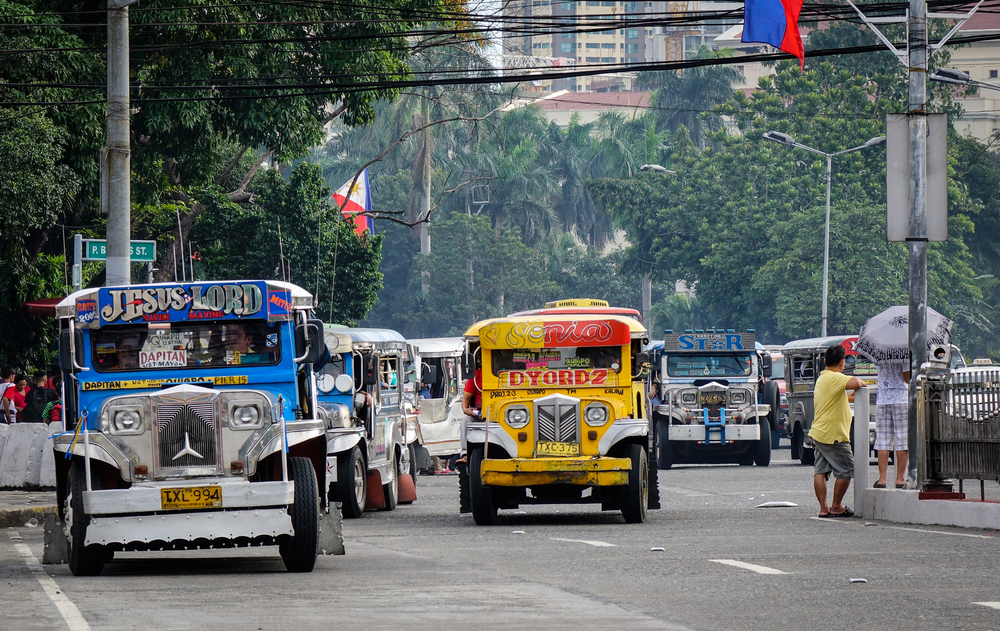
As with Bangkok and Ho Chi Minh City transit line extensions in Manila will come at a price. PropertyGuru Philippines Property Awards jury chairperson and JLL Philippines country head Christophe Vicic anticipates uneven development between neighbourhoods surrounding the new infrastructure and those further away.
“The rise in real estate prices and rents is also likely to impact living affordability within these particular areas, which may push out some current residents and tenants,” he says. “There are certainly downsides to the development of transit lines. But it can be mitigated against by adopting an inclusive and progressive approach where relevant stakeholders are equitably benefitting from these projects.”
One example is the Chamber of Real Estate & Builder’s Associations’ proposal to allocate affordable housing when developing transit-oriented developments. Hong Kong’s Rail plus Property model is another lauded formula. The approach involves the MTR conducting tenders to private players to build TOD on the stations with a profit-sharing element from sales and rental income from the projects.
“While this has been a solid financial model, it’s also a good base to review how economic gains can address the negative impacts of transit line development,” Vicic adds. “Factoring in affordable housing within the TOD or using some of the revenue to fund civic programs for the affected neighbourhoods may be a pathway to explore.”
More: Second-home investment destinations take the spotlight in Thailand
Policymakers, governments, and the private sector in developing Asia’s megacities could learn a thing or two from Hong Kong’s MTR system, widely regarded as an exemplar on implementing and extending transit systems with limited impact upon communities, the environment, and public space.
Yet, observers would agree that we are where we are. Plus, there’s no catch-all set of rules for wildly disparate cities where unique challenges range from haphazard urban planning to gross over-reliance on the private sector.
It’s impossible to be wholly positive about the construction of transit line infrastructure. It has contributed towards existing issues of inequality, uneven development, and environmental degradation. Yet when private vehicle ownership is the main alternative, it seems by far the lesser of two evils.
The original version of this article appeared in Issue No. 168 of PropertyGuru Property Report Magazine.
Write to our editors at [email protected].
Recommended
Why everyone is moving to Selangor and Johor: Malaysia’s real estate comeback
Malaysia’s upturn in fortunes is especially prevalent in secondary destinations such as Selangor and Johor
Penang’s silicon boom: How the US-China tech war is supercharging local real estate
Penang’s booming semiconductor industry has created ripples within the local real estate sector
New leader, new opportunities: How Hun Manet is shaking up Cambodia’s real estate game
Hun Manet is overseeing decent economic growth and widening access to the country’s real estate market for foreigners
Singapore embraces inclusive housing reforms amid resilient demand
The Lion City’s regulatory strength continues to exert appeal for international investors








